| Title | The Way I Used To Be |
| Author | Amber Smith |
| Publication Date | March 22, 2016 |
| Genre | Young Adult Fiction, Contemporary Fiction |
| Pages | 384 |
| Publisher | Margaret K. McElderry Books |
| Setting | Upstate New York |
The Way I Used To Be Characters
The main characters in the book are:
1. Eden McCrorey – The story’s protagonist, Eden is a high school girl who experiences a tragic occurrence that affects her life forever. She has struggled with the aftermath and its influence on her relationships, identity and mental health for four years.
2. Kevin McCrorey – Eden’s older brother, Kevin, is a supportive and caring sibling. He becomes a source of comfort for Eden as she tries to cope with her secret.
3. Rachel Turner – Rachel is one of Eden’s closest friends before the incident. However, their friendship becomes strained as Eden distances herself and tries to bury her pain.
4. Josh Turner – Josh is Rachel’s older brother and Eden’s childhood crush. He plays a significant role in Eden’s story, as their paths cross repeatedly in the aftermath of the incident.
5. Mara – Mara is a new student who befriends Eden during her sophomore year. She offers a fresh perspective and becomes an influential figure in Eden’s healing process.
Watch “The Way I Used To Be” Summary Video
The Way I Used To Be Summary
Amber Smith is the author of this young adult book “The Way I Used to Be”. The book, which was released in 2016, is a #1 bestseller on the New York Times list. Smith, an advocate of raising awareness about gendered violence, explores themes of sexual & domestic violence in her young adult novels.
Eden McCrorey, an adolescent, is raped by her elder brother’s closest friend, Kevin, in The Way I Used to Be. The novel is structured into four sections, each representing a single year of high school, starting with her first year immediately following her rape and ending with her final year. Over the course of four years, the story depicts how Eden is transformed & damaged by her tragic experience.
The first section, “Freshman Year,” deals with Eden’s sexual assault in the moment. Eden, a “band-geek” who gets mocked by her peers, establishes the Lunch-Break Book Club with her pals Mara, Stephen & Cameron in order to evade bullies during their lunch break. Edy’s personality begins to shift at the end of Part 1, she is no longer the “good girl” she once was. She smokes cigarettes, leaves band & has fights with her parents. Eden pledges that in the coming year, she would not allow anybody to take advantage of her in the same manner that Kevin did.
In the 2nd section, “Sophomore Year,” Eden receives a visit during study hall by renowned senior Josh Miller. Eden is initially unclear but she finally decides to go on a date with Josh. Soon after, Eden & Josh are spending every night together, expanding their connection despite Eden’s difficulty expressing her thoughts and being vulnerable in front of Josh. Even when Josh informs her that he desires to make their relationship formal, she refuses to be his girlfriend.
Meanwhile, Kevin’s younger sister, the kid who raped Eden, spreads a rumour around school that Eden is a “slut,” painting insults against Eden on the toilet walls. Eden’s promiscuity soon becomes the talk of the school. Mara decorates Eden’s locker with a placard that reads “Happy 15th birthday,” revealing to Josh that Eden has been faking about her age. Josh approaches Eden, frustrated and upset & asks her whether she would care if he was arrested for a statutory rape.
Eden, with a cold and hardened demeanour, declares she doesn’t care about him & they split up. When Eden’s elder brother, Caelin, discovers Eden’s connection with Josh, he knocks Josh up during a New Year’s Eve party. Eden is angry that Caelin done this, which further separates Eden & Caelin. Eden has difficult relationships with both her mother and father.
Eden’s image as a “bad girl”, especially a promiscuous one is potrayed in the 3rd episode, “Junior Year.” Eden & Mara both engage with drugs and alcohol & the ladies spend Mara’s 16th birthday at a playground at night drinking illegal beers, where they meet two stoner males named Troy & Alex. Troy and Alex expose the girls to a new social environment, and they gradually start attending more and more events together.
Eden realises that she may momentarily escape her problems with casual sexual activity during one such party. Despite the fact that she is aware that Troy has a crush on her, Eden sleeps with Troy’s elder brother. Eden’s relationship with her family decreases further, Eden conflicts with her parents on every single day.
Eden’s life is in a total downward spiral by the time the 4th episode, “Senior Year,” arrives and she is about to finish high school. Eden is uninterested in returning to college the next year & the amount of casual sexual encounters she has with strangers is increasing. Eden’s major way of escaping her troubled state, beside drugs & alcohol, is sex. When a female in Kevin’s dorm accuses him of rape, a police inquiry is launched.
Eden debates if she should report him. She chooses yes, but not without first telling Josh. They meet in a 24-hour restaurant, where she tells Josh everything. Eden then informs her brother Caelin, who is distraught to learn what has happened to her. Eden reports her own rape to the police station at the end of the story.
The Way I Used to Be is an adulthood narrative that addresses topics concerning the devastating consequences of sexual misconduct, particularly during the crucial adolescent years, via Eden’s experience. The book also looks into the societal causes that contribute to women’s silence about sexual abuse in general.
The Way I Used To Be Synopsis
“The Way I Used to Be” by Amber Smith is a gripping and emotional story of Eden, a high school student whose life is irreversibly changed by a tragic incident.
Eden deals with the repercussions of her attack in four segments, each symbolizing a separate year of high school, while keeping the secret buried deep within herself.
Eden’s connections with her friends and family grow strained as she navigates the complicated emotions of wrath, guilt and fear, and she becomes overwhelmed with self-destructive behavior.
The Way I Used To Be Themes
1. Sexual assault and its aftermath – The book looks at how sexual assault affects the victim and their interactions with others. Eden’s trauma has made her feel alienated, worried and unhappy.
2. Silence and speaking up – The book highlights the difficulty of speaking up about sexual assault and the silence that can surround it. Eden keeps her assault a secret from her friends and family, which adds to her sense of isolation and shame.
3. Identity and self-discovery – The book explores how trauma can impact one’s sense of self and lead to a search for identity. Eden struggles to understand who she is after the assault and tries out different personas in an attempt to find herself.
4. Healing and Resilience – Amidst the darkness, the book explores the themes of healing and resilience, as Eden slowly begins to confront her pain, seek support, and find hope for the future.
5. Family Dynamics – The story delves into the complexities of family relationships, examining how Eden’s trauma affects her interactions with her parents and siblings, as well as the strain it puts on their dynamics.
6. Friendship and Betrayal – The book explores the theme of friendship and the difficult choices Eden must make when faced with loyalty, trust, and the consequences of revealing her secret to those closest to her.
7. Empowerment and Advocacy – As Eden finds her voice and confronts her assailant, the novel explores themes of empowerment and advocacy, highlighting the importance of speaking out against sexual violence and fighting for justice.
The Way I Used To Be Series Order
- The Way I Used to Be (2016)
- The Way I Am Now (2023)
The Way I Used To Be FAQs
What is “The Way I Used to Be” about?
“The Way I Used to Be” by Amber Smith tells the story of Eden, a high school girl who witnesses a sad event and the influence it has on her life over the course of four years.
Is “The Way I Used to Be” a true story?
No, “The Way I Used to Be” is a work of fiction. While the author, Amber Smith, drew inspiration from her own and others’ experiences, the characters and events in the novel are entirely fictitious.
What age group is “The Way I Used to Be” appropriate for?
“The Way I Used to Be” is primarily targeted towards young adult readers, typically aged 14 and older.
What message does “The Way I Used to Be” convey?
“The Way I Used to Be” explores the journey of healing and self-discovery after a traumatic event. It sheds light on the emotional struggles, resilience and strength of the main character, Eden, as she navigates through her experiences. The book emphasizes the importance of finding one’s voice, seeking support and working towards healing.
Are there any similar books to “The Way I Used to Be”?
If you enjoyed “The Way I Used to Be,” you might also be interested in reading books with similar themes, such as:
“Speak” by Laurie Halse Anderson,
“All the Rage” by Courtney Summers or
“The Female of the Species” by Mindy McGinnis.
These books explore the aftermath of trauma and the journey towards healing in various ways.

![The Way I Used To Be Summary,Themes, Synopsis & Characters [by Amber Smith]](https://atozsummary.com/wp-content/uploads/2023/05/The-Way-I-Used-To-Be-SummaryThemes-Synopsis-Characters-by-Amber-Smith.webp)
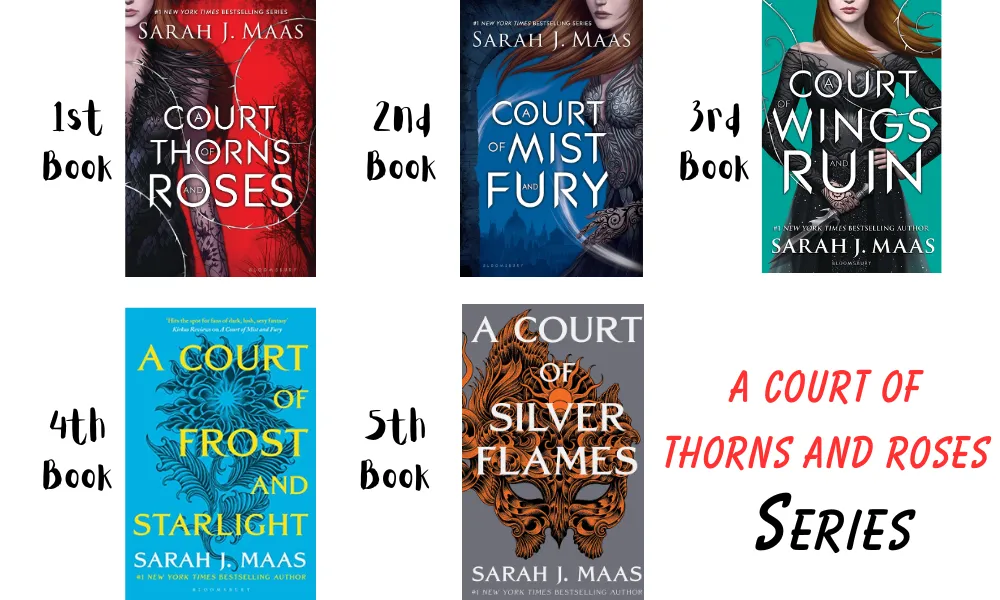

![Juliet Takes a Breath Summary, Themes, Synopsis & Characters [Novel by Gabby Rivera] Juliet Takes a Breath Summary, Themes, Synopsis & Characters [Novel by Gabby Rivera]](https://atozsummary.com/wp-content/uploads/2023/05/Juliet-Takes-a-Breath-Summary-Themes-Synopsis-Characters-Novel-by-Gabby-Rivera.webp)
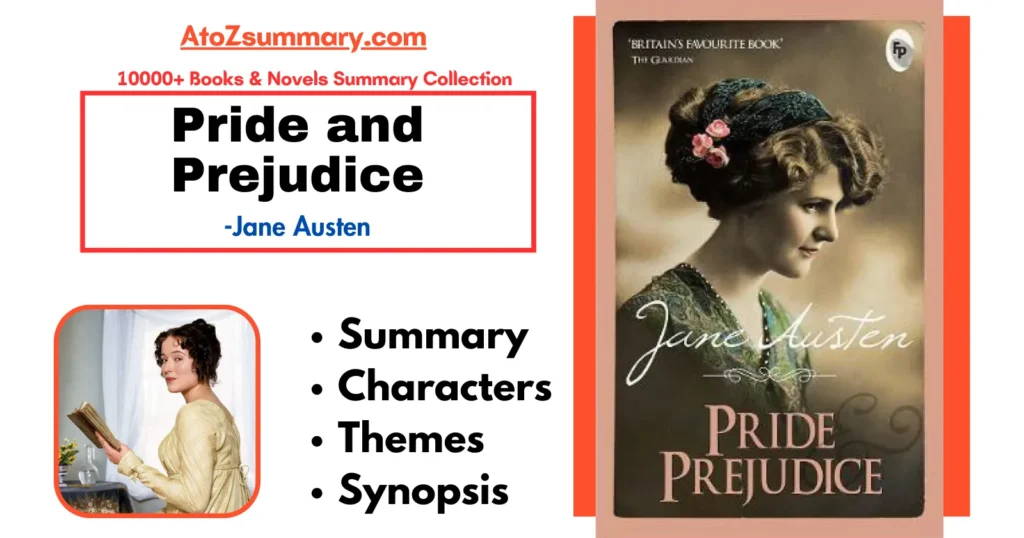
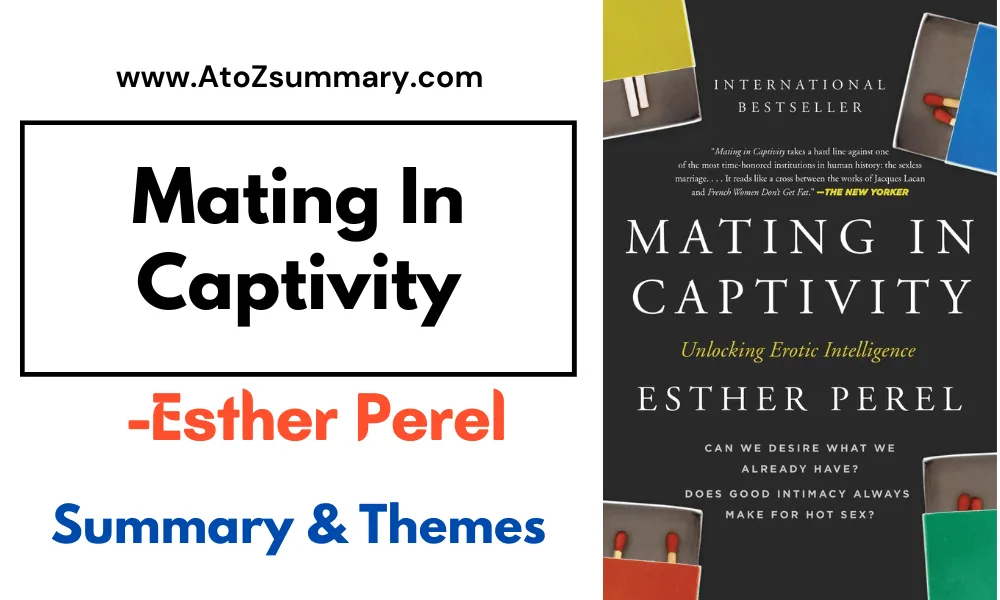
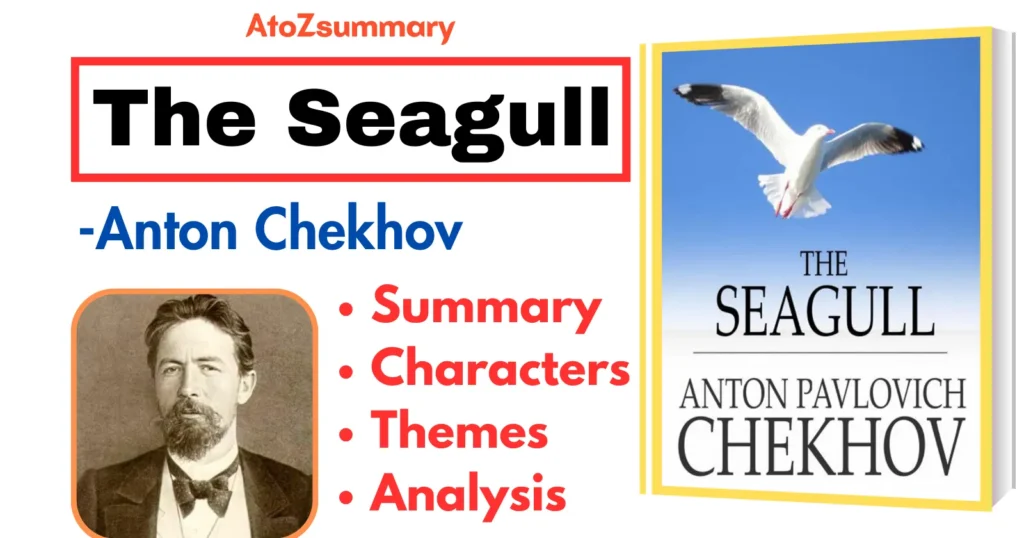
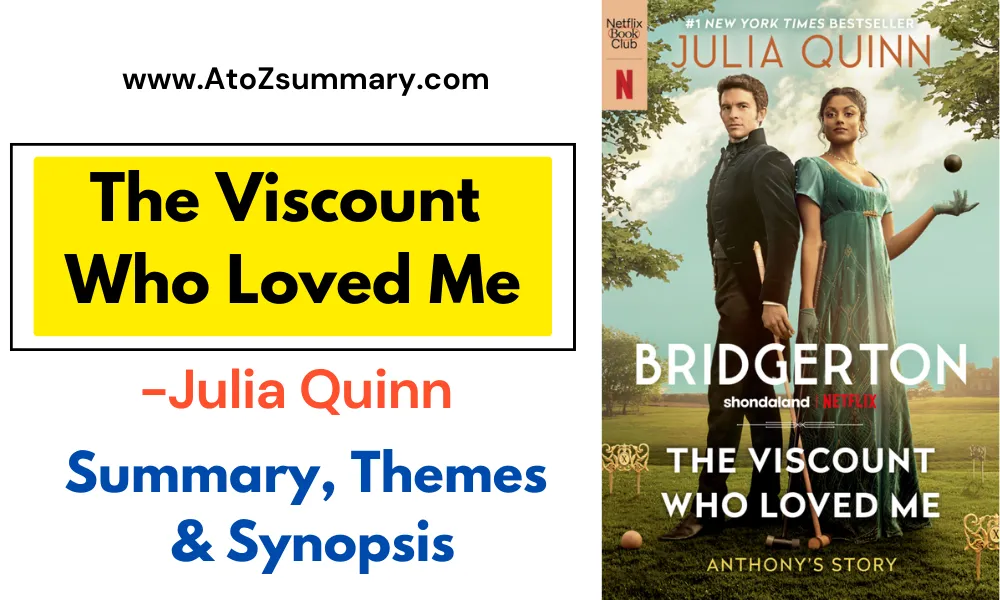
![The Catcher In The Rye Summary, Themes & Characters [by J. D. Salinger] The Catcher In The Rye Summary, Themes & Characters [by J. D. Salinger]](https://atozsummary.com/wp-content/uploads/2023/06/The-Catcher-In-The-Rye-Summary-Themes-Characters-by-J.-D.-Salinger.webp)
![Regretting You Summary, Themes, Synopsis & Characters [Book by Colleen Hoover] Regretting You Summary, Themes, Synopsis & Characters [Book by Colleen Hoover]](https://atozsummary.com/wp-content/uploads/2023/05/Regretting-You-Summary-Themes-Synopsis-Characters-Book-by-Colleen-Hoover-1024x576.webp)
